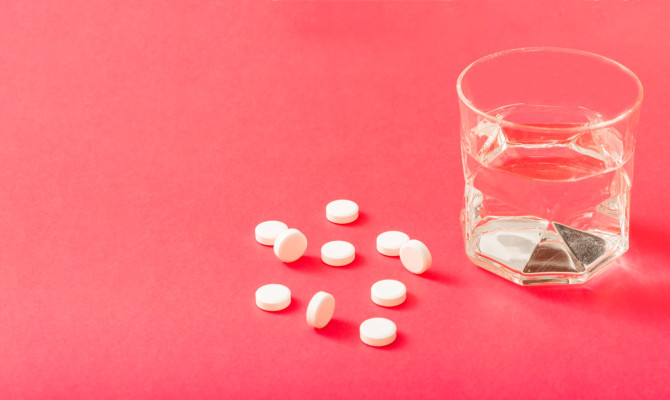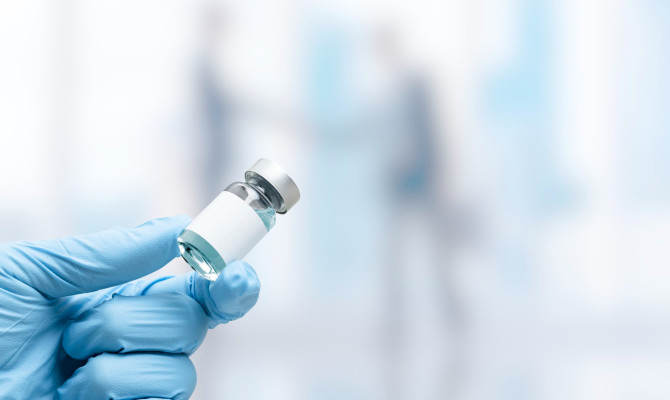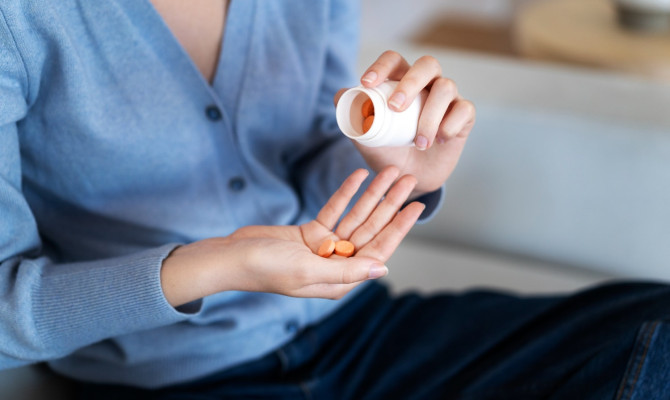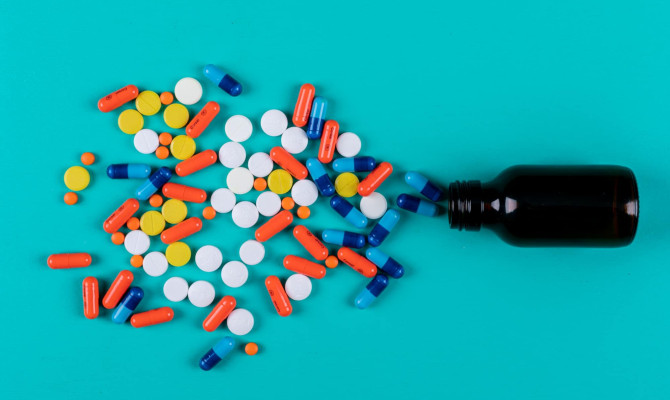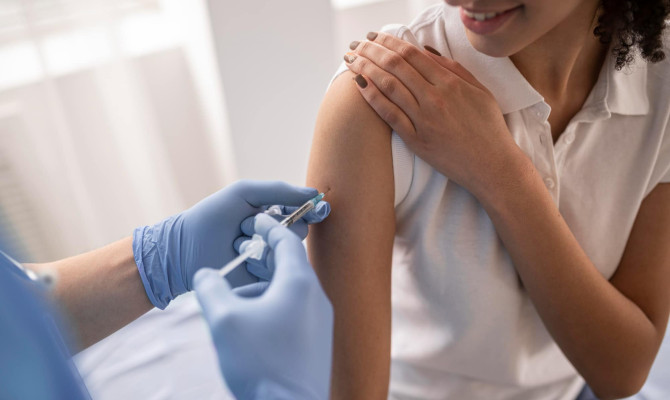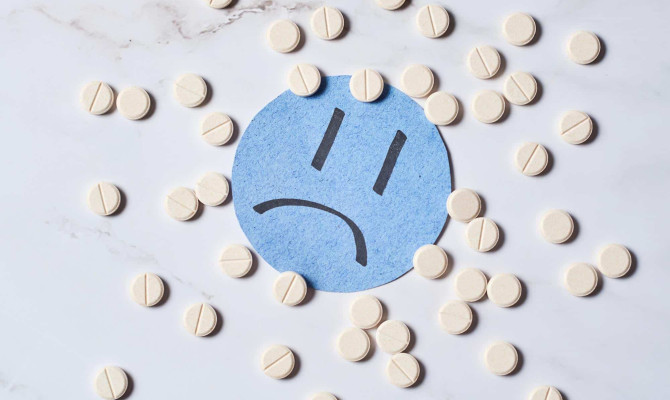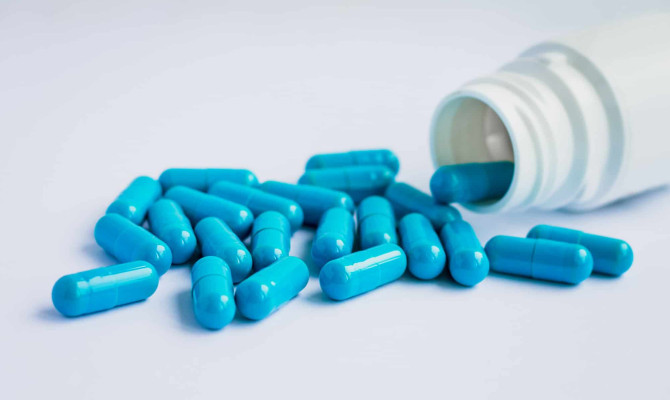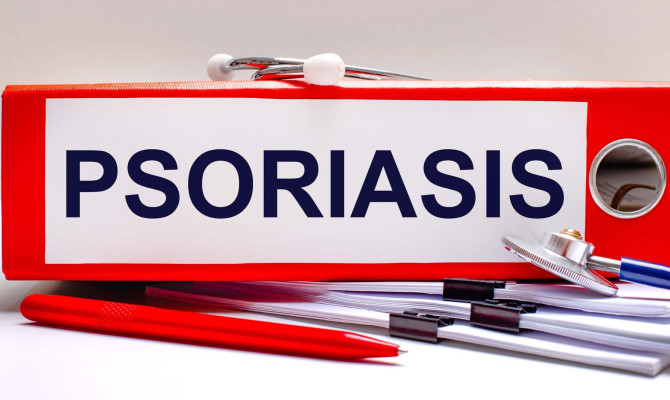Narcan: Uses, Side effects and Precautions

- Narcan
- 01 Sep 2023
Introduction
What is Narcan?
A drug called Narcan, commonly referred to by the generic name naloxone, is used to reverse the effects of an opioid overdose quickly. In the event of an opioid emergency, it is frequently injected or provided as a nasal spray by medical experts. This article will examine this drug’s crucial role in the fight against opioid overdoses. We will discuss how it works, how frequently medical experts use it, and whether or not non-medical people can also utilize it to save lives. Additionally, we will discuss the difficulties and chances related to the availability and distribution of this substance as well as its critical function in harm reduction methods.
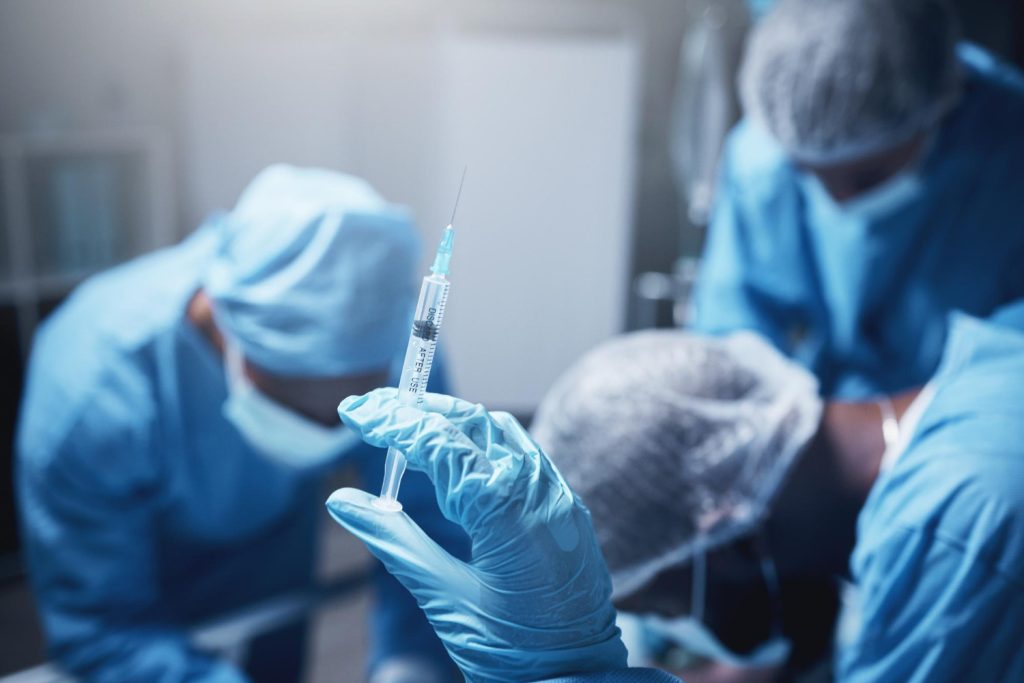
Uses
Uses of Narcan
- Opioid overdose reversal
- First responders and emergency medical services (EMS)
- Community distribution programs
- Harm reduction
- Medical procedures
- For educational and training purposes
It can quickly undo the potentially fatal consequences of an overdose, which is only one of its many significant uses. These are some of its main applications:
Overdose on opioids
- Its primary purpose is to treat the respiratory depression brought on by an opiate overdose.
- In an emergency, this impact is essential for preventing death.
Emergency medical services personnel and first responders
- They frequently carry it. As soon as medical personnel arrive on the scene of a suspected overdose, they can administer this medication to help the victim quickly recover and stabilize their breathing before being taken to a facility for further treatment.
Community distribution programs
- Numerous communities and organizations give out this medication due to the expanding opioid problem to persons who may be at risk of overdosing and to friends and family of opioid users.
- The distribution aims to enable non-health professionals to administer it and maybe save lives.
Reduced harm
- It is essential for harm reduction tactics.
- People who take opioids can be better equipped to deal with an overdose by keeping Narcan on hand, lowering the likelihood of fatalities.
Medical procedure
- It is applicable in some medical procedures where opioids are used for anesthesia or pain control.
- It aids in preventing the respiratory depression that can arise during surgery, hence assuring patient safety.
For educational and training purposes
- The science of overdosing is taught to participants in Narcan training programs, along with the correct administration techniques.
- First responders, medical professionals, and those in contact with overdose-at-risk patients must have this understanding.
Overall, administering Narcan during an opioid emergency can save lives. 1Uses | Researched based study from Food and Drug Administration
Mode of Action
How does Narcan work?
- When someone uses certain substances like heroin or painkillers excessively, their breathing might slow down to a dangerous extent.
- Narcan helps by inhibiting the brain regions where these drugs work.
- The individual’s breathing can then return to normal, and if they are asleep, they will be awakened as it clears the harmful medications out of the way and allows the person to wake up.
- It is a lifesaver because it is a quick and effective technique to offer the individual a second chance at breathing normally and staying awake, which is crucial when someone is in danger due to an opioid overdose. 2Mode of Action | Researched based study from National Institutes of Health
Administration
How is Narcan Administered?
It can be administered in several ways, and the choice is made based on the circumstances and resources. Delivering Narcan as soon and effectively as possible is the aim.
The following are typical administrative techniques:
Nasal spray
- It is a prepackaged, ready-to-use nasal spray that administers significant amounts of naloxone into the user’s nasal passages.
- It is straightforward to use and requires no specialized training to administer.
- It is beneficial for family members and friends who are not medical professionals.
An auto-injector
- Some formulations are available as an auto-injector that resembles an EpiPen used to treat severe allergic responses.
- This device makes administration simple and quick.
Intramuscular injections
- Additionally, it may be injected intramuscularly into the muscle, frequently in the thigh or buttock.
- To ensure proper administration, this procedure required appropriate training.
Intravenous administration
- When it needs to be administered swiftly in a medical setting, and the patient already has an intravenous line in place, Direct administration of Narcan into a vein is an option for medical experts. 1Administration | Researched based study from Food and Drug Administration
How long does Narcan stay in your body?
- When compared to the opioids it is used to treat, its time in the body is relatively brief.
- Its short half-life indicates it is metabolized and quickly removed from the body.
- Naloxone typically has a half-life of 30 to 90 minutes.
- This means that within a few hours, the body will excrete 50% of the medicine supplied.
- After administration, it leaves the body a few hours later. 1Administration | Researched based study from Food and Drug Administration
Side Effects

Side effects
Despite being an essential tool for treating opioid overdose. Because they are typically less and less severe than the risk of untreated ones, potential side effects must be understood. Typical adverse effects include:
Opioid withdrawal
When Narcan is delivered, the effects of opioids are quickly reversed. People physiologically dependent on them may experience abrupt and severe withdrawal symptoms. These signs could include
- Generalized discomfort and muscle aches
- Restlessness and agitation can be experienced
- Anxiety, mood swings, and sometimes even depression can occur
- Difficulty falling asleep or staying asleep
- Profuse sweating, especially at night
- Frequent yawning, often accompanied by other symptoms
- Nasal congestion, runny nose, and teary eyes
- Pupils may appear larger than usual
- Nausea, vomiting, diarrhea, and abdominal cramps are typical gastrointestinal symptoms
The expression “cold turkey” refers to sudden opiate withdrawal and the goosebumps that may appear on the skin during this time.
Increased heart rate and blood pressure
- Temporarily rising blood pressure and heart rate may result from it. Although this impact is often transient, those with specific heart issues may find it concerning.
Chills and sweat
- The abrupt reversal of opioid effects may cause some people to sweat, get chills, or experience other side effects.
Irritation and agitation
- Some individuals may grow agitated or perplexed in a block. Although it may be upsetting, this is a sign that the medication has an effect.
It is crucial to remember that any potential side effects are exceeded by the drug’s life-saving advantages, especially when administered in an emergency. First responders and medical professionals are trained to handle these and give the proper care. 1Side effects| Researched based study from Food and Drug Administration 3Side effects| Researched based study from National Institutes of Health
Precautions
Warnings and Precautions
Not a replacement for medical care
- It is a short-term fix to restore breathing and undo the consequences of an opiate overdose.
- After administering it, you must seek quick magical assistance. It does not replace the requirement for appropriate medical diagnosis and care.
Emergency use only
- It is designed to be used in cases of suspected overdose when acting quickly. It shouldn’t be used in place or as a substitute for proper medical care.
Possible side effects
- People with specific cardiac diseases or other medical illnesses may notice increased heart rate or blood pressure after getting it, despite having few side effects.
Attention to pregnant women and children
- Narcan has not yet been tested for safety in pregnant women, but it must still be administered carefully and under supervision if necessary.
Underlying medical condition
- In individuals with specific medical issues, its use may need to be modified or subject to closer monitoring.
Narcan and alcohol
- It is unable to undo the harm caused by alcohol. It does not combat the effects of alcohol on the central nervous system or alcohol intoxication. 1Precautions | Researched based study from Food and Drug Administration
Interactions
Interactions of Narcan
It is typically considered safe and rarely interacts directly with other medications. But it’s essential to be mindful of any interactions, especially when using it in an emergency. Here are some crucial details:
Agonists and antagonists of opioids:
- When taken, some drugs, such as combination opioid agonists-antagonists (such as buprenorphine) or partial opioid agonists (such as tramadol), may have limited impact.
Concomitant drug use:
- It’s crucial to consider any possible drug usage contributing to the overdose. Addressing the larger context of the individual’s drug usage can be essential to avoid further overdoses. 1Interactions | Researched based study from Food and Drug Administration
Any feedback on this article?
 This Articles content was accurate
This Articles content was accurate Very Informative Article
Very Informative Article I have a question or a comment
I have a question or a comment
 This article contains inaccurate content
This article contains inaccurate content This article was not helpful
This article was not helpful I have a question or a comment
I have a question or a comment
We appreciate your helpful feedback!
Checkout our social pages
References
-
Food and Drug Administration
Uses | Administration | Side effects | Precautions | Interactions
-
National Institutes of Health
Mode of action
-
National Institutes of Health
Side effects












